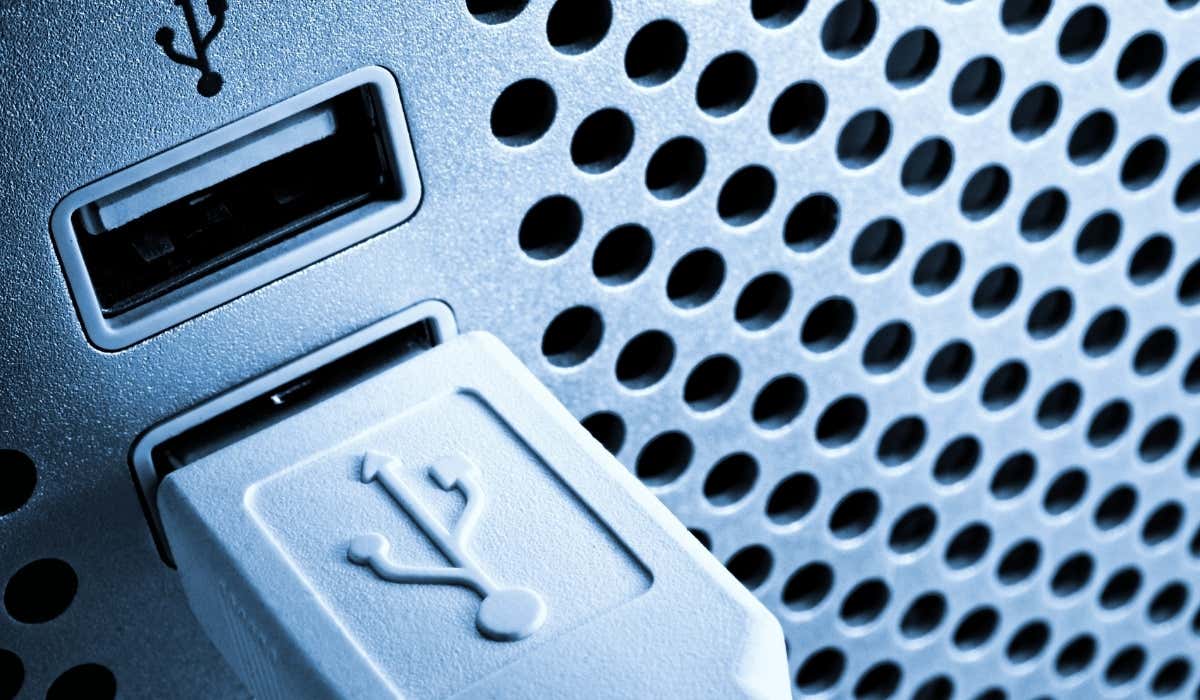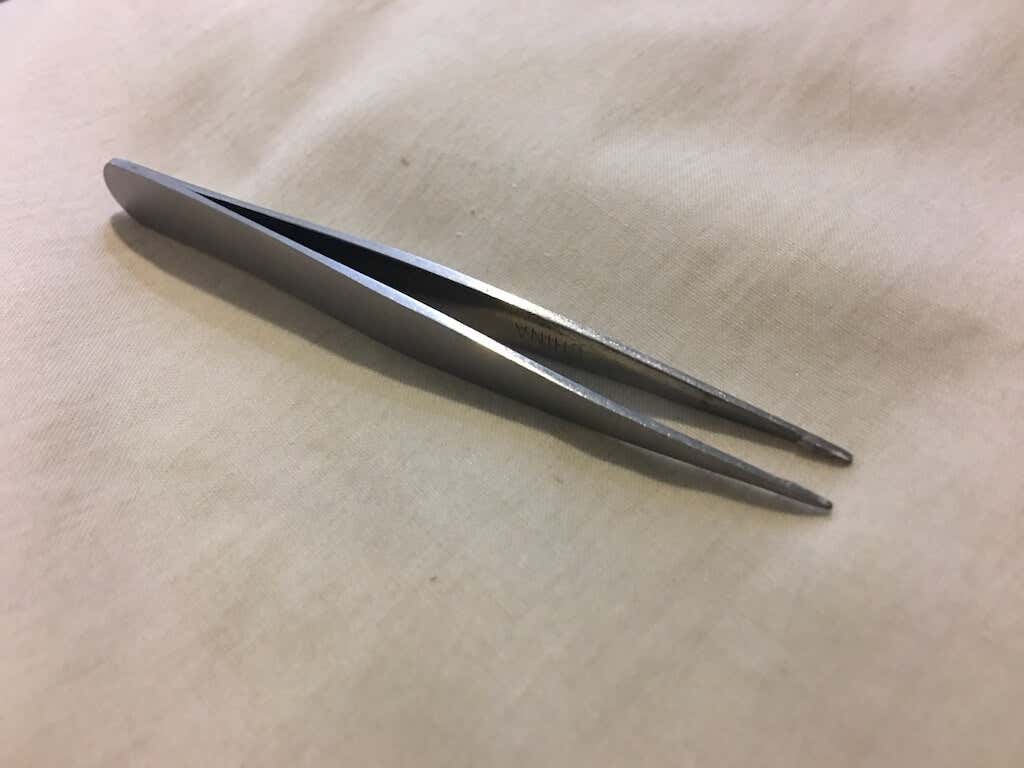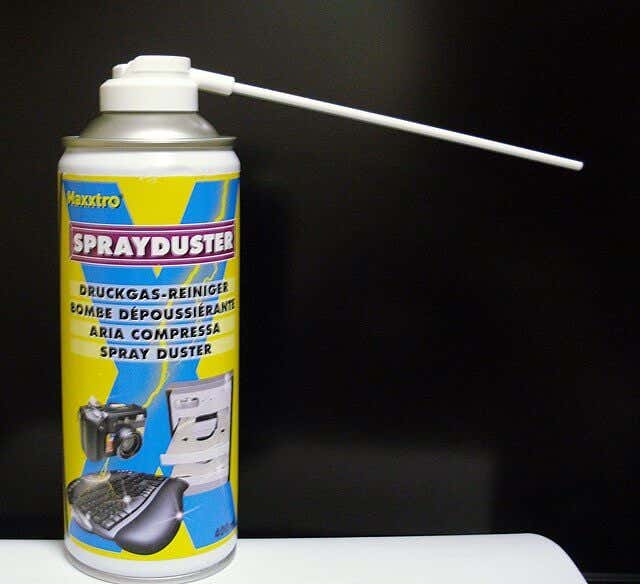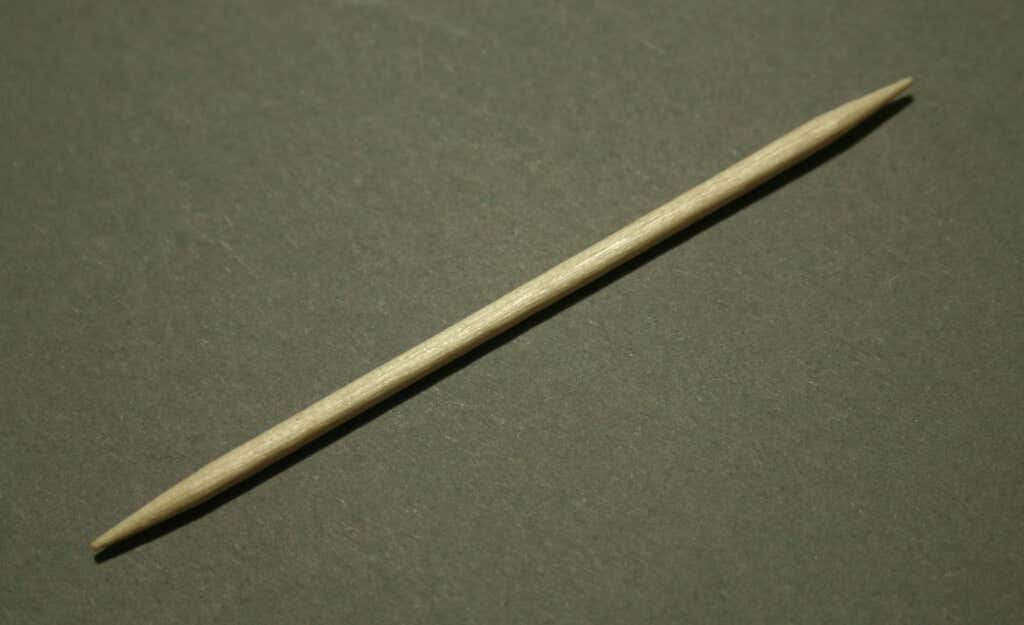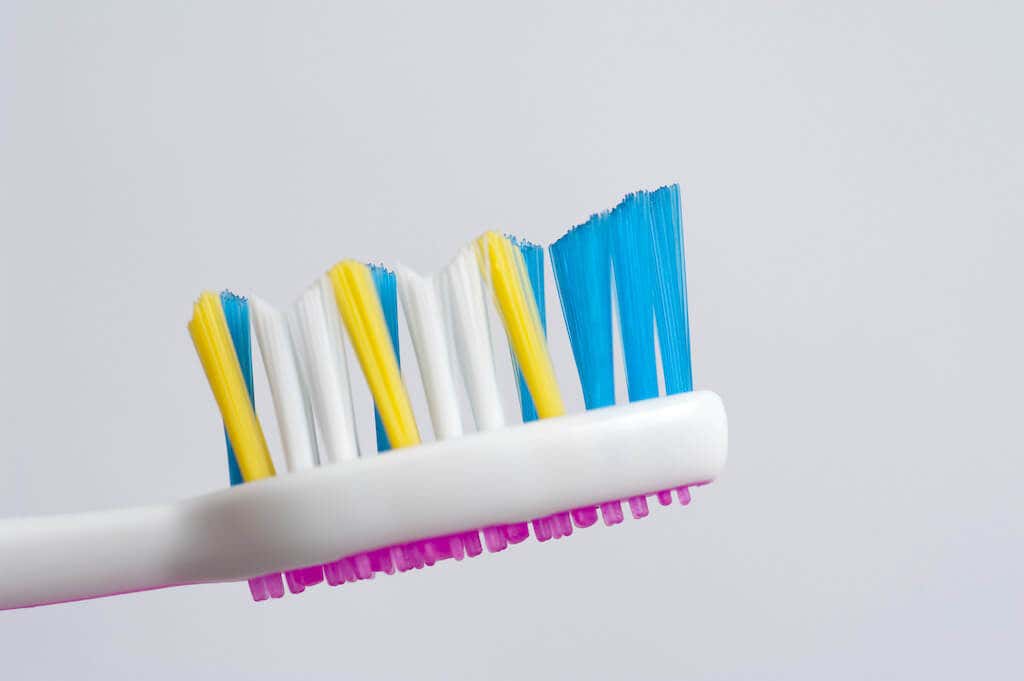The good news is that USB ports are easy to clean. It only takes a few minutes to do, and you should do it at least once per month (or maybe more often if you own pets that shed a lot).
How to Clean Your Computer’s USB Ports
Although specialized tools do exist for cleaning your computer’s USB ports, you don’t have to use them. There are plenty of ways to clean them with a few basic items you probably already have around your home. Here’s what you’ll need:
Tweezers Toothpick Q-Tips or cotton swabs Lint-free cloths Compressed air Isopropyl alcohol
Start With Tweezers
The first step in cleaning any USB port, whether USB-C, USB-A, or even the often-forgotten USB-B, is to turn off the power to your computer or laptop. If it’s a laptop and you have the option, please remove the battery. The next step is to take a pair of tweezers and remove any large bits of debris that are visible to the eye. This can include dust bunnies, tufts of pet hair, and even bits of food. If a USB device has broken inside the port, remove all pieces that remain behind. Take care not to scratch the contacts with the tweezers. Rubber-tipped tweezers are preferable to traditional tweezers.
Use Compressed Air
Keep the can at an angle, so the condensation doesn’t leak into the port. You should also try to blow at an angle, coming at the port from the sides, rather than straight-on to avoid blowing the debris deeper into the ports. This will take care of a lot of dust and debris and loosen anything that might be stuck deeper in the port.
Use a Cotton Swab
For standard USB-A ports, a cotton swab or Q-Tip can pull out any debris the compressed air leaves behind. Dip it into a bit of isopropyl alcohol before inserting it. Any standard concentration will do, but bear in mind that higher concentrations of alcohol dry more quickly – and you need to wait for the port to be completely dry before turning your computer back on. The rubbing alcohol breaks down oils and grime buildup in the connector, especially those from skin contact. This will clean the port and ensure a better connection without the risk of damage that comes with water. If you need to dry the port more quickly, use a lint-free cloth, not another cotton swab. Doing so might leave behind bits of cotton. As an alternative to alcohol, you can use contact cleaner (found at most electronics stores) to clean.
How to Clean Your Android or iPhone’s USB-C or Lightning Port
The previous steps work well for cleaning ports on most Windows machines and laptop computers, but they don’t work so well for mobile devices. The main reason is that phones use far narrow USB-C or Lightning ports, and a cotton swab won’t fit inside. This also holds true for most modern Macbooks, too. There’s an easier solution, which comes in the form of your everyday toothpick.
How to Clean Your Gadgets With a Toothpick
A toothpick is an easy way to clean out the charging port on your mobile device. The phone stops charging or working because the port is filled with debris and pocket lint. A toothpick will be able to snare that lint and pull it out. If you have ever taken your phone in for repair, you might notice that one of the first troubleshooting steps Apple technicians take is to check whether you have clean USB ports. If they find debris inside, they use a plastic hook that works like a toothpick. Take care not to break the toothpick inside the port or thrust it into the contacts, or you might do more harm than good.
Use a Toothbrush
Another alternative is to use a clean, soft-bristled toothbrush. By gently brushing the USB ports, you can remove debris from inside them without risk of harm. Electronics dusters (like a household duster, but on a smaller scale) can serve the same purpose.
Use a Vacuum Cleaner
Using a specialized electronics vacuum cleaner is the safest option for cleaning a USB port. These small, handheld devices provide enough suction to rid your device of dirt and debris without risking any level of harm to them. This is the best option overall, but it ranks so low on this list because they are less common than the other supplies. Whether your USB cable isn’t recognized or you just have a faulty port the device manager thinks is fine, the solution often lies in cleaning. While you might perform routine virus scans to rid your software of anything nasty, you should also implement hardware cleaning into your routine. Just ask yourself: is the motherboard clean?
